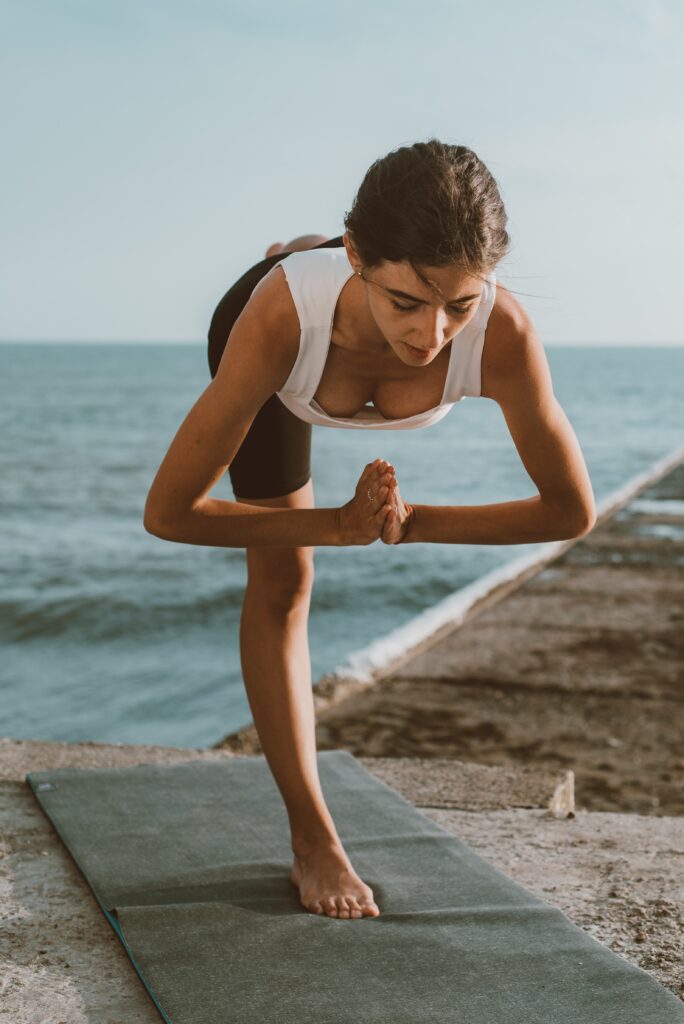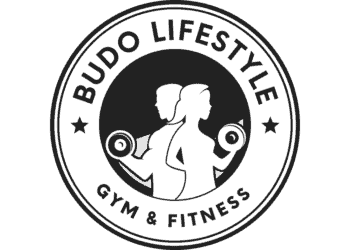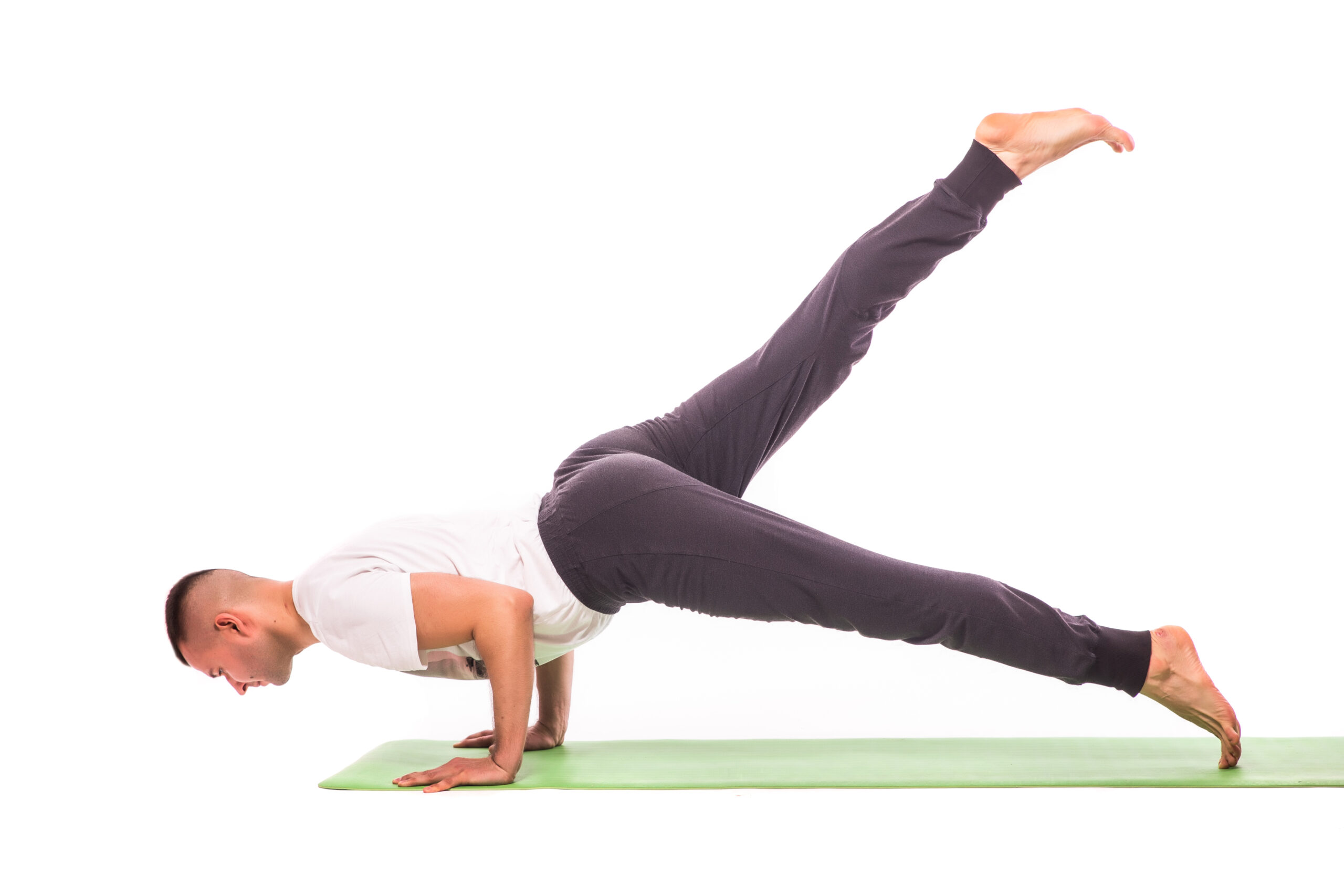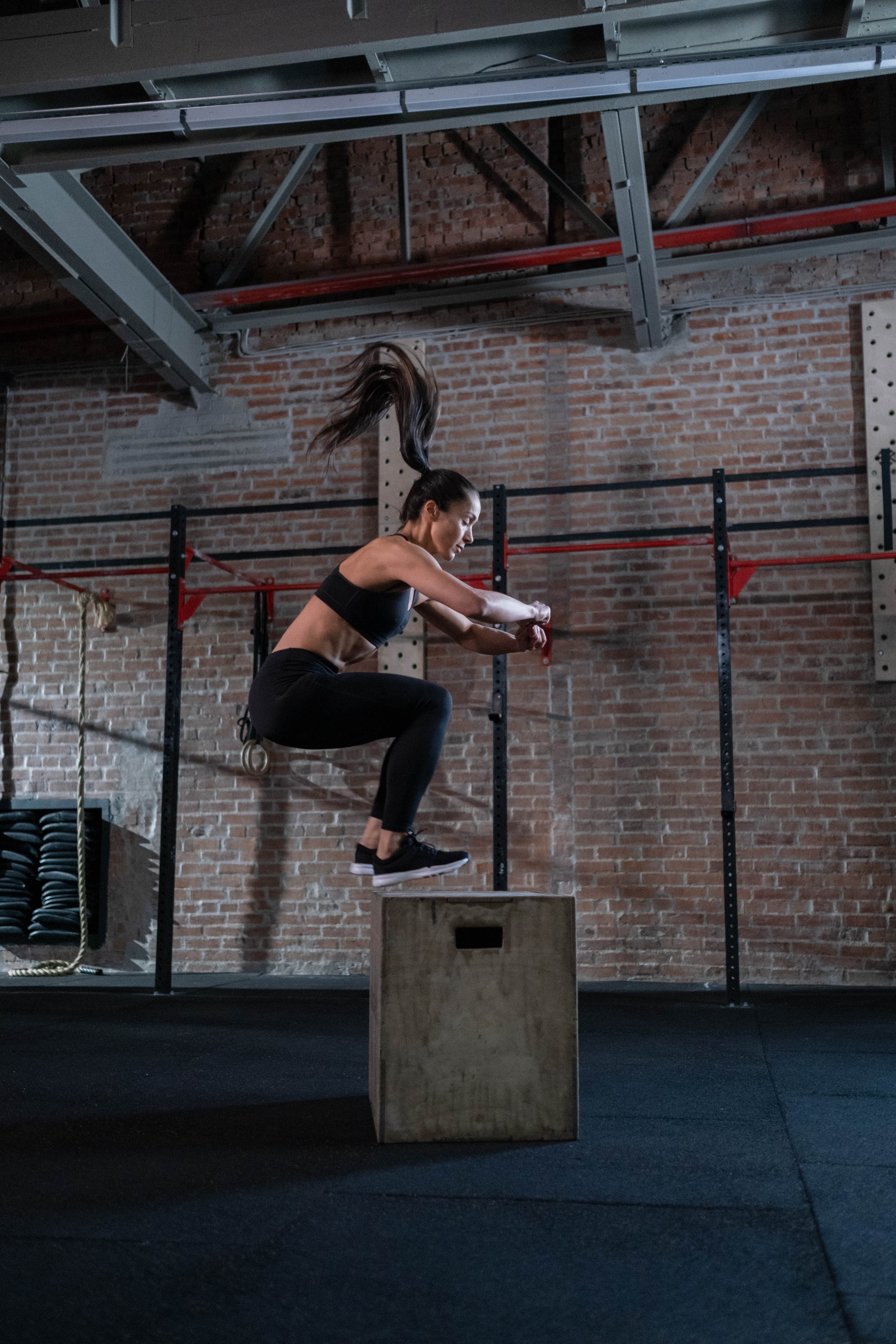There are several broad categories of exercise:
Strength: weightlifting and resistance training,
Flexibility: stretching and yoga,
Endurance: cardiovascular exercise, such as walking, running, and cycling,
Balance: can be performed while walking, standing, or doing other activities.
Balance exercises are one of the four types of exercise along with strength, aerobic, and flexibility exercises. People often focus on strength, endurance, and flexibility training, but all four types are important to a person’s overall health and well-being.
To perform daily activities, we need good balance. It applies to literally almost everything, including walking, getting up from a chair, and bending over to tie your shoes. Strong muscles and the ability to keep yourself stable are essential for all of these and many other things you do every day.
Balance exercises can benefit people of all ages. They are useful for improving athletic performance. They can also help a person improve their body balance, reducing the risk of falls (especially in older adults).
Additionally, a person should focus on improving their core strength to improve balance, which can benefit sports and other physical activities.
The benefits of balance training
Balance training is undertaken in order to improve:
– Your posture
– Prevent falls/injuries
– Strength
– Improving standing balance and locomotor performance in older adults
– sitting and standing balance, mobility in people after stroke.
– balance control leading to reduced fear of falling, increased walking speed, and improved physical function
– the quality of life.
Decreased balance is associated with age. Due to reduced muscle flexibility and strength, reduced central processing of sensory information, and slowed motor reactions.
Exercises
Doing balance exercises can help a person maintain or increase their coordination and strength. There are different types of balance exercises to suit the needs of people of different ages and abilities.
Exercises that improve balance can help prevent falls, a common problem in many populations, such as older adults, neuromuscular conditions (multiple sclerosis, parkinsonism, stroke), cancer rehabilitation, amputees, and back pain.
Preferably, older adults and those at risk of falling should exercise balance 3 or more days per week. Tai chi exercises can also help prevent falls. Balance, strength, and flexibility exercises can be combined.
Over time, you can make balance exercises more difficult by:
– Hold the position for a long time
– Walking with support and then without
– Closing eyes
– Letting go of the support
Balance training involves exercises that strengthen the muscles that help keep you upright, including your legs and core. These types of exercises can improve stability and help prevent falls.
The intensity level of the balance exercises is moderate. Doing balance exercises can be intense, like some very challenging yoga poses. Others are as simple as standing on one leg for a few seconds. Or you can use equipment that forces your body to stabilize, like a half-circle Bosu stability ball. For a balanced workout, you don’t have to run, jump, or do other high-impact or high-intensity exercises. Usually, balance training involves slow, methodical movements.

What muscles do we target with balance training?
Balance training is more about strengthening muscles and improving stability than gaining flexibility. It can be aerobic but often isn’t. It depends on how intense the activity is. If you move fast, then it can be aerobic. Slower balance exercises don’t make you breathe faster or get your heart pumping.
It certainly targets the core: You need strong core muscles for good balance.
Many stability exercises will work your abs and other core muscles. Exercises where you balance on one leg and then squat or bend forward also work the leg muscles.
The same balance exercises that work the legs also tone the glutes.
Your core muscles include some of your back muscles.
Unless you’re doing moves that involve your arms or holding weights, they’re not working your arms.
All in all an exercise for balance is one of the best ways to strengthen your core and prevent back pain.




